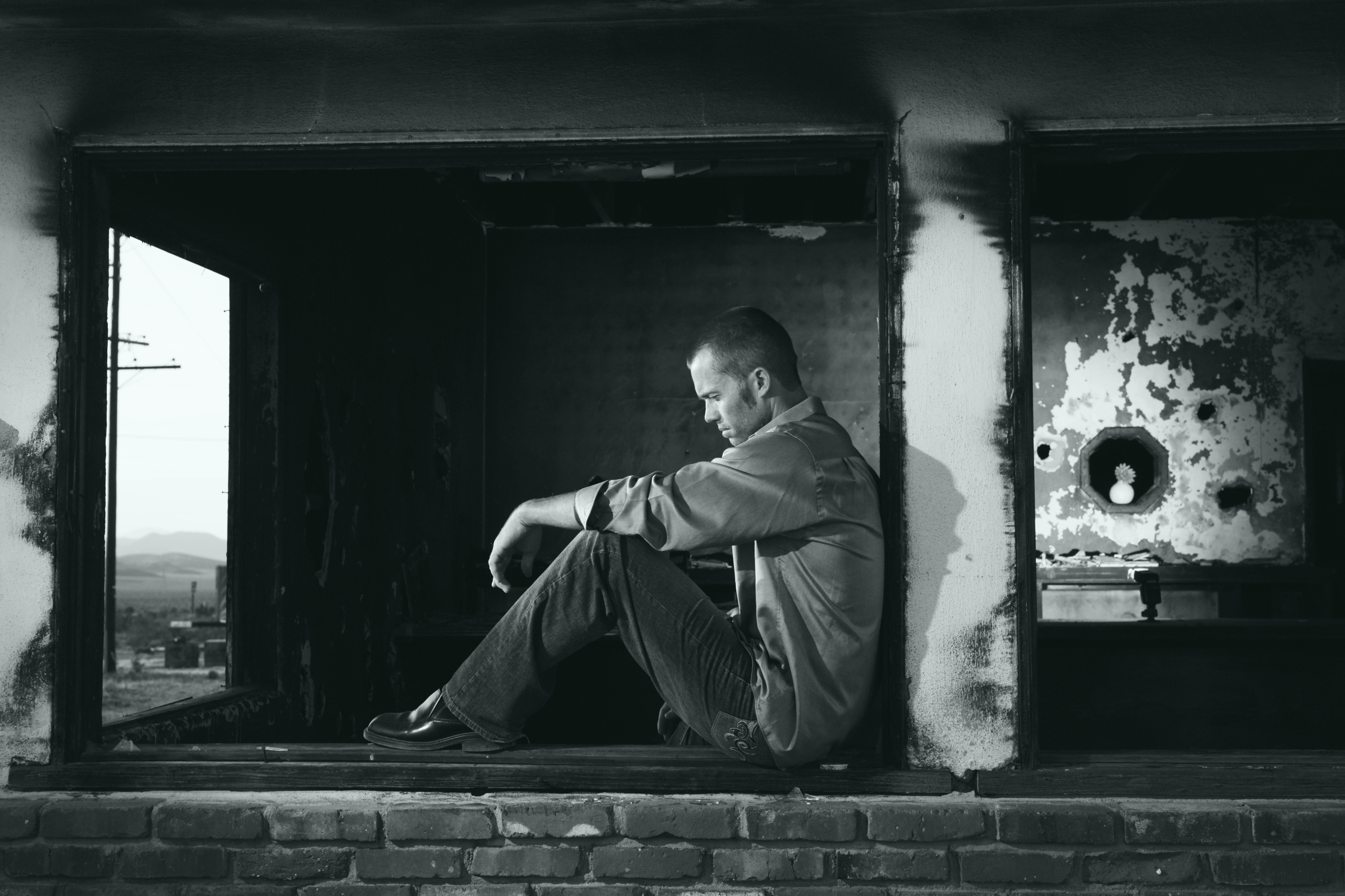I recently read an article, “Why Bruce Springsteen’s Depression Revelation Matters” and it reminded me how important it is for well-known people to talk about their own mental illness and mental health. In Springsteen’s recently released book, Born to Run, the rock legend talks about his long history of depression and how he has dealt with it in his life.
Even in our more enlightened times, mental illness carries a stigma that can undermine our well-being and can disqualify us from being elected to office, as Senator Thomas Eagleton found when he had to resign as George McGovern’s vice presidential running mate. It can also undermine our ability to make a living.
The first time I sought help to deal with my depression I was in graduate school training to be a mental health professional. I was afraid that someone might see me going to the student health center and suspect the reason I was going. I went early in the morning, hoping I wouldn’t run into anyone I knew. I couldn’t imagine anyone wanting to see me professionally if they knew I suffered from depression.
Once I got my degree and began working in the field I continued to have problems with depression as well as bipolar disorder, but I was convinced I could handle them myself. I’m sure some of the reason I went into the field was the hope that I could learn enough about mental illness that I could keep from ever having to deal with it in my own life. I know this makes about as much sense as becoming a medical doctor to ensure that I would never suffer from the flu or ever get cancer or heart disease.
But mental illness carries a different meaning than physical illness, although we now know that they really can’t be separated. Mind and body are infinitely inter-related. The article on Springsteen cites a study that shows “for years the media has reinforced negative stereotypes of people with mental illness, often depicting them as ‘inadequate, unlikable, dangerous’ and absent a ‘social identity, single or of unknown marital status, frequently without identifiable employment … confused, aggressive and unpredictable.’”
I remember growing up and trying to make sense of my father’s depression and bipolar disorder. When he was hospitalized I was teased mercilessly about my crazy father. The teasing didn’t stop with him, but they told me that clearly I was “a nut case,” just like him. I finally began telling people my father was dead. It was a much more acceptable place to be than in a mental hospital.
Over the years as a counselor I would tell clients they shouldn’t feel ashamed of having mental problems. “There’s no more shame suffering from depression or bipolar disorder than in suffering from diabetes or high blood pressure. Yet, I still felt fearful about dealing with my own problems and admitting I needed help.
I was finally forced to deal with my denial when my wife went to the doctor because she was constantly ruminating about potential loss and was often feeling anxious and sad. She was diagnosed with depression and put on medications. She quickly improved and both our lives got better. She suggested that I should see her doctor because she saw a lot of similar symptoms in me.
I resisted her view that I might be depressed. I became defensive and aggressive. I told her in no uncertain terms that I was glad she had gotten help, but that I was sure I wasn’t depressed. “I’m a mental health professional. I’d know if I was depressed,” I told her. Her reply stopped me for a moment. “Well, you didn’t seem to know that I was depressed,” she said. “I had to figure it out myself and, when I did, I got help.”
It took me another three months before I finally relented and made an appointment with her doctor. After an hour-long evaluation he concluded, “We could argue over whether you’re bipolar I or bipolar II, but it’s clear you are suffering from a mood disorder and would benefit from treatment.”
When I returned home, Carlin was anxious to hear the result. I finally told her what the doctor had said, but that I didn’t believe him. “I don’t like him,” I told her. “He was cold and distant. I want a second opinion.” Looking back, I’m amazed she didn’t blast me out of the room or leave me. She just shook her head and with a sad look on her face told me, “I love you, Jed, but I’m getting worn out by you. I sure hope you get some help. You need it and we need it.”
Somehow that got through to me. I wasn’t ready to see another doctor, but I began reading all I could on depression and bipolar disorder (manic-depression). One book I read was by Kay Redfield Jamison who had written the definitive text book on bipolar disorder. All the science and studies didn’t touch me as much as her own “coming out” as she admitted her own bipolar illness.
In her book, An Unquiet Mind: Memoir of Moods and Madness, she helped me see that even a professional, with a world-wide reputation in the mental health field, can suffer from mental illness and live to talk about it. In the book’s prologue she offers this revealing portrait of her illness against the background of her professional life:
“Within a month of signing my appointment papers to become an assistant professor of psychiatry at the University of California, Los Angeles, I was well on my way to madness; it was 1974, and I was twenty-eight years old. Within three months I was manic beyond recognition and just beginning a long, costly personal war against a mediation that I would, in a few years’ time, be strongly encouraging others to take. My illness, and my struggles against the drug that ultimately saved my life and restored my sanity, had been years in the making.”
I knew this was a book I needed to read from a doctor I knew could help me. As I read more about her experiences I began to see myself. There was one description that ripped me apart. In the epilogue she sums up her experiences in a way that gave me the push I needed to get past my resistance to get the help I so desperately needed:
“Others imply that they know what it is like to be depressed because they have gone through a divorce, lost a job, or broken up with someone. But these experiences carry with them feelings. Depression, instead, is flat, hollow, and unendurable. It is also tiresome. People cannot abide being around you when you are depressed.”
With the following words she absolutely nailed what was going on inside me. She was speaking my truth in words I had never been able to articulate or share.
“You’re irritable and paranoid and humorless and lifeless and critical and demanding, and no reassurance is ever enough. You’re frightened, and you’re frightening, and ‘you’re not at all like yourself but will be soon,’ but you know you won’t.”
All these words resonated with me. I was irritable, paranoid, humorless, lifeless, critical, and demanding. No matter what my wife, Carlin, did to show me she loved me, it was never enough. I knew I was frightened inside, but I had to admit I was frightening to the people who loved me the most.
The following week I sought a second opinion about my condition. This psychiatrist was a woman who did a much more in-depth evaluation than the first doctor. I liked her and trusted her. I was surprised that her diagnosis echoed the first doctor. “We could argue about whether you’re bipolar I or bipolar II, but it’s clear you are suffering from a mood disorder and would benefit from treatment.”
This time I listened. I began taking medications, began a program of monitoring my moods, and saw the doctor for regular psychotherapy sessions. I gradually improved and like Jamison, finally came to peace with who I am. All aspects of my life improved. Our marriage got back on track and regained the luster it had lost. My professional work got even better and my writing became more inspired.
I continue to thank all those who have helped along the way—My wife Carlin who never gave up loving me or encouraging me to get help, my doctor, and my clients who helped me understand mental illness, even when I wasn’t willing to admit it to myself.
I look forward to hearing about your experiences, your struggles, and what has worked for you.
This article originally appeared here and is reprinted with permission.




